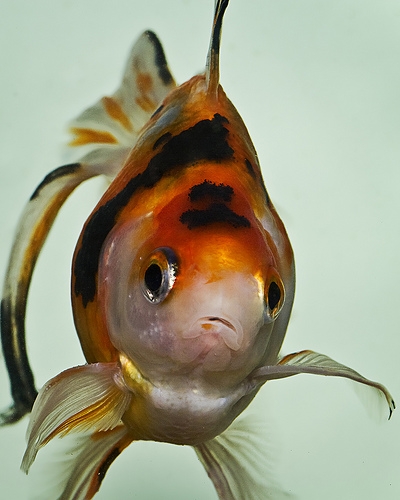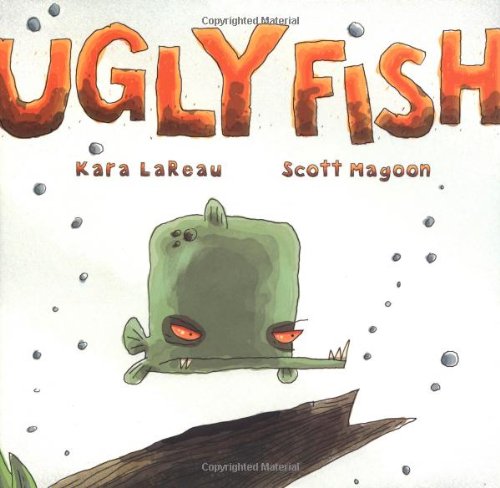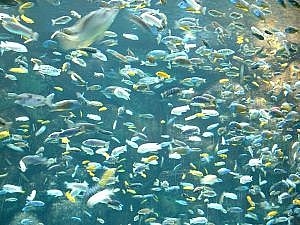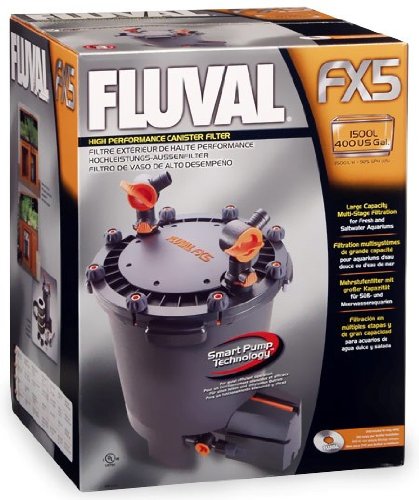Anacondas are highly efficient carnivorous predators. They sheer mass there belies with speed when it comes to capturing their prey and getting there meal. How an anaconda kills is an amazing sight to behold. These creatures live near bodies of water such as streams, rivers, marshes, swamps, ditches and bogs.
They do not stalk their prey nor hunt it down. Instead, they wait for an available animal to wander close and then they attack. Animals falling victim to anacondas either already share the natural habitat of the waterway with the snakes or come close to their habitat in order to find food themselves or drink.
Anacondas can move relatively fast, especially when considering their size when they are in the water. They are much slower on land. So aquatic animals such as fish, frogs and turtles are easy prey for such feared animal! The larger animals the anacondas eat are caught because of the camouflage, stealth and strength of such animal.
Anacondas can slither near the edge of the water, keeping submerged until the last moment. Their natural coloring blends in with the area around them, allowing them to be camouflaged and difficult to see. An unsuspecting bird or land animal may get too close and suddenly find themselves in a death grip without an additional second of survival hope.
For an anaconda kill to occur, the snake coils its powerful body around the victim. Although the snake has teeth, there teeth are not venomous and they cannot kill or tear the flesh of the prey. Instead the anaconda holds the animal to maintain its grip and devours its prey slowly to make it a slow and terrible death.
The snake may submerge the victim causing it to drown but all the while the anaconda will slowly squeeze the life out of the animal. As a member of the boa constrictor family, the anaconda uses similar tactics for killing.
It uses its body to restrict airflow and circulation of the blood. The victim will either suffocate, drown or be crushed to death. Like explained, in just an instance, the death is a slow yet painful process.
Once the anaconda kill is successful, the snake will commence eating its victim. It usually starts at the head and begins devouring its prey whole, swallowing it until it is completely ingested. The animal will now be digested.
This is something that needs to be done quickly else it will rot and cause the anaconda to die of food poisoning. The food is generally either digested quickly or regurgitated. This is a natural process that is highly efficient.
There have been instances of anacondas attacking people but the cases cited are very rare. Currently there are no known, verifiable accounts of an actual anaconda kill on a human victim. The anaconda instead prefers a diet of aquatic animals, birds, rodents, pigs and even jaguars.
Anacondas are able to go long periods of time without eating if necessary. However, they are also not picky eaters, choosing victims based entirely on their availability and ease of attack. Whenever an animal strays too close to one of these snakes, the odds of an anaconda kill are imminent.

 What Are the Causes of Ick in Fish?
What Are the Causes of Ick in Fish?
Wh
What Are the Causes of Ick in Fish?
What Are the Causes of Ick in Fish?
Wh
 10 Really Ugly Fish
Ugly ... ?Well of course bea
10 Really Ugly Fish
Ugly ... ?Well of course bea
 How to Feed an Oscar Fish
How to Feed an Oscar Fish
How to Feed
How to Feed an Oscar Fish
How to Feed an Oscar Fish
How to Feed
 How to Reduce Nitrates in Fish Tank
You can always can find some nitrates in a typ
How to Reduce Nitrates in Fish Tank
You can always can find some nitrates in a typ
 Fluval Aquarium Filters
Fluval Fish Tank Filters for Your AquariumIn t
Fluval Aquarium Filters
Fluval Fish Tank Filters for Your AquariumIn t